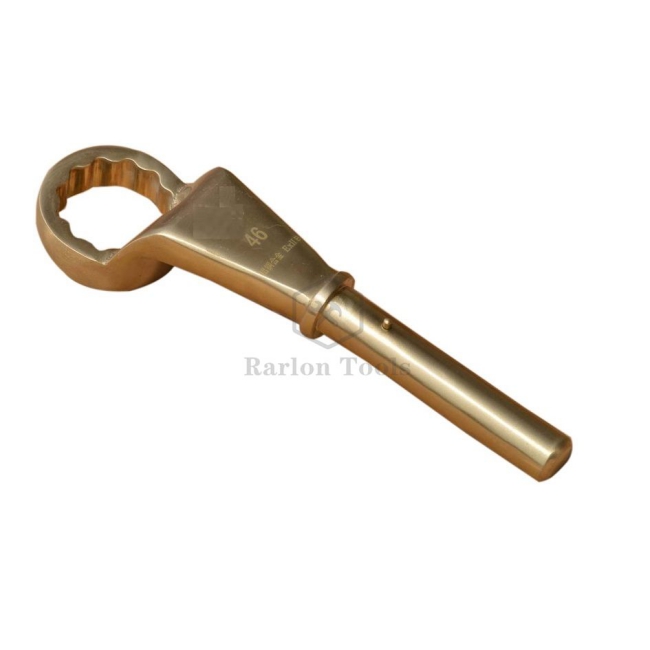First, scientific planning, reasonable layout, strict site selection, and strict regulation are required. Factors such as the surrounding environment of the enterprise, the setting of the plant that emits combustible gas, vapor, and combustible dust, the environmental wind direction, the safety distance, the water source, and other factors must be considered. In order to reduce the hazards after the accident, it should be installed as far away as possible from the urban area.
Second, strictly control the checkpoints of plant construction and equipment selection. The production plant of a miniaturized enterprise shall be designed and constructed in accordance with relevant national regulations and production processes, and various factors such as fire prevention, separation, ventilation, leakage prevention, explosion-proof pressure relief, and fire-fighting facilities shall be considered. At the same time, related equipment should be made of materials that are explosion-proof, high or low temperature resistant, corrosion-resistant, and meet pressure requirements; and advanced technology is used for manufacturing and installation, and various congenital fire hazards should be fundamentally eliminated.
Third, we must strictly implement anti-static measures, and production equipment should be properly grounded. The electrostatic grounding resistance value should be less than the requirements of lightning protection regulations.

Fourth, we must strengthen the strict management of production equipment. Such as chemical equipment construction, installation, operation and maintenance, parking maintenance, and system safety evaluation. For example, after a period of operation, due to high temperature, high pressure, and corrosion, the performance of equipment materials may decline, etc., which may cause pressure vessels and pipelines to explode and cause accidents. It is necessary to foresee the arrival time of the equipment accident-prone period in advance and make up for system defects in time.
Fifth, it is necessary to strictly examine and approve hot fires and strictly individual preventive measures. Welding and cutting operations in the area of flammable and explosive chemical equipment must strictly follow the hot procedures. The hot fire procedures mainly include eight aspects: disassembly and removal, isolation and cover, cleaning the site, cleaning and replacement, inspection and approval, safe explosion detection, standardized operation, and flameout clearance. Explosion-proof tools should be used for daily operations in the area of flammable and explosive chemical equipment, and explosion-proof chain hoists or explosion-proof electric hoists should be used for lifting, inspection, and hoisting.
Sixth, we must strengthen various safety training and make accident plans. Practitioners should ensure stability, and strictly enforce the operating discipline of employees, formulate and strictly implement process operating procedures, conduct training on fire safety knowledge for all employees, training on safe operating procedures for special positions, and hold a certificate for work, training in handling accidents, etc., and formulate accident handling Emergency plans and drills are conducted to continuously improve employees' professional quality and production operation skills, and improve their ability to respond to accidents.
The information is provided by the non-sparking tool factory.
Previous: MIFARE RFID Card Smart Safe Hotel Door Lock KXG-H1
Next: Inspection standards for various products of explosion-proof tools
Copyright:@2020-2021
Comments Please sign in or sign up to post.
0
0 of 500 characters used